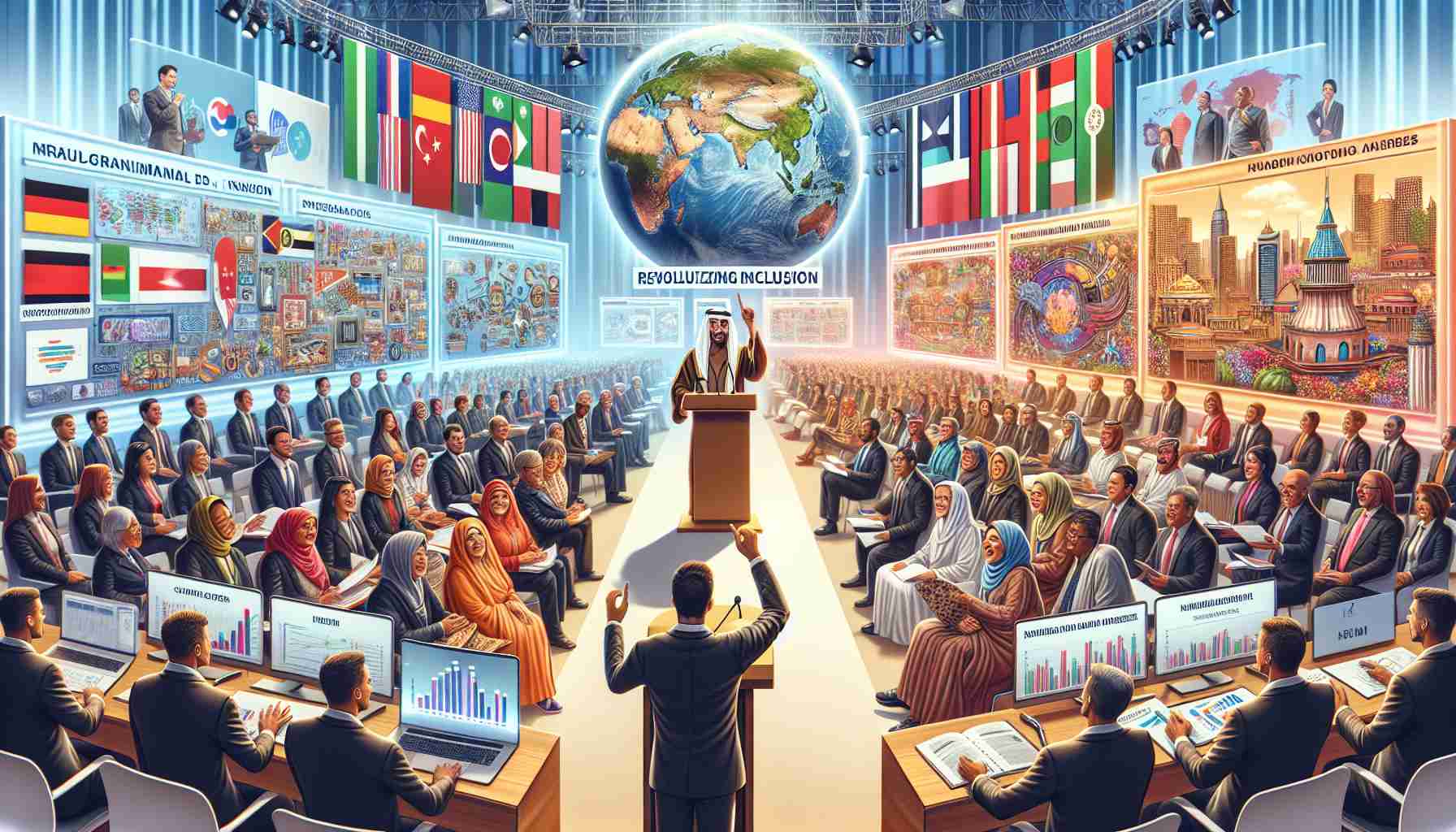As the world grapples with the adverse effects of climate change, the term “clean energy” has become a beacon of hope in discussions about a sustainable future. But what exactly is clean energy, and why is it crucial to our planet’s well-being?
At its core, clean energy refers to energy sources that produce little to no greenhouse gas emissions. Common examples include solar power, wind energy, and hydropower. Unlike fossil fuels, such as coal and oil, which emit carbon dioxide and other pollutants when burned, clean energy harnesses the natural forces of the planet in a way that minimizes environmental harm.
One of the greatest advantages of clean energy is its sustainability. Sunlight, wind, and water are abundant resources that are continually replenished by nature. This contrasts sharply with finite fossil fuels, which are being depleted at an alarming rate. Transitioning to clean energy sources can significantly reduce our carbon footprint and mitigate the impacts of global warming.
Additionally, clean energy technologies have the potential to drive economic growth. Innovations in this sector have led to the creation of numerous jobs, fostering economic resilience. As these technologies become more efficient and cost-effective, the global reliance on polluting energy sources could diminish.
In conclusion, embracing clean energy is more than just an environmental imperative; it’s a smart, sustainable path forward for the world economy. By investing in clean energy, we take a critical step towards a healthier planet for future generations.
Why Clean Energy Might Be the Game Changer for Communities Worldwide
In addition to environmental benefits, transitioning to clean energy can have profound social impacts, transforming the lives of individuals and communities globally. But what are some lesser-known facts about clean energy adoption, and what controversies might it stir?
One fascinating aspect is the democratization of energy production. Unlike centralized fossil fuel power plants, renewable energy systems like solar panels and wind turbines can be installed in remote or underdeveloped areas, providing power to communities previously lacking reliable electricity. This shift to localized power generation empowers communities, reducing energy poverty and fostering local economic development. Organizations like Greenpeace advocate for renewable energy as a path to global equity.
However, some controversies surrounding clean energy primarily concern land usage and biodiversity. Extensive wind farms, while beneficial for clean power, can disrupt local wildlife habitats and migratory bird patterns. The debate around hydropower also highlights potential ecological impacts, especially in biodiverse river ecosystems.
Besides environmental gains, some countries grapple with the economic disparities arising from transitioning too rapidly. For example, economies heavily reliant on fossil fuels face potential job losses and economic restructuring challenges. The question arises: How can these economies adapt quickly without significant socio-economic repercussions?
The answer might lie in comprehensive policies providing re-skilling programs for workers transitioning from fossil fuel industries to renewables, ensuring a just transition for communities.
To foster a global transition to clean energy, it’s crucial to address both the opportunities and challenges. As technology advances and policies adapt, the prospects for a sustainable future become more tangible, benefiting societies and economies worldwide. For more insights on clean energy, visit IEEE.
























